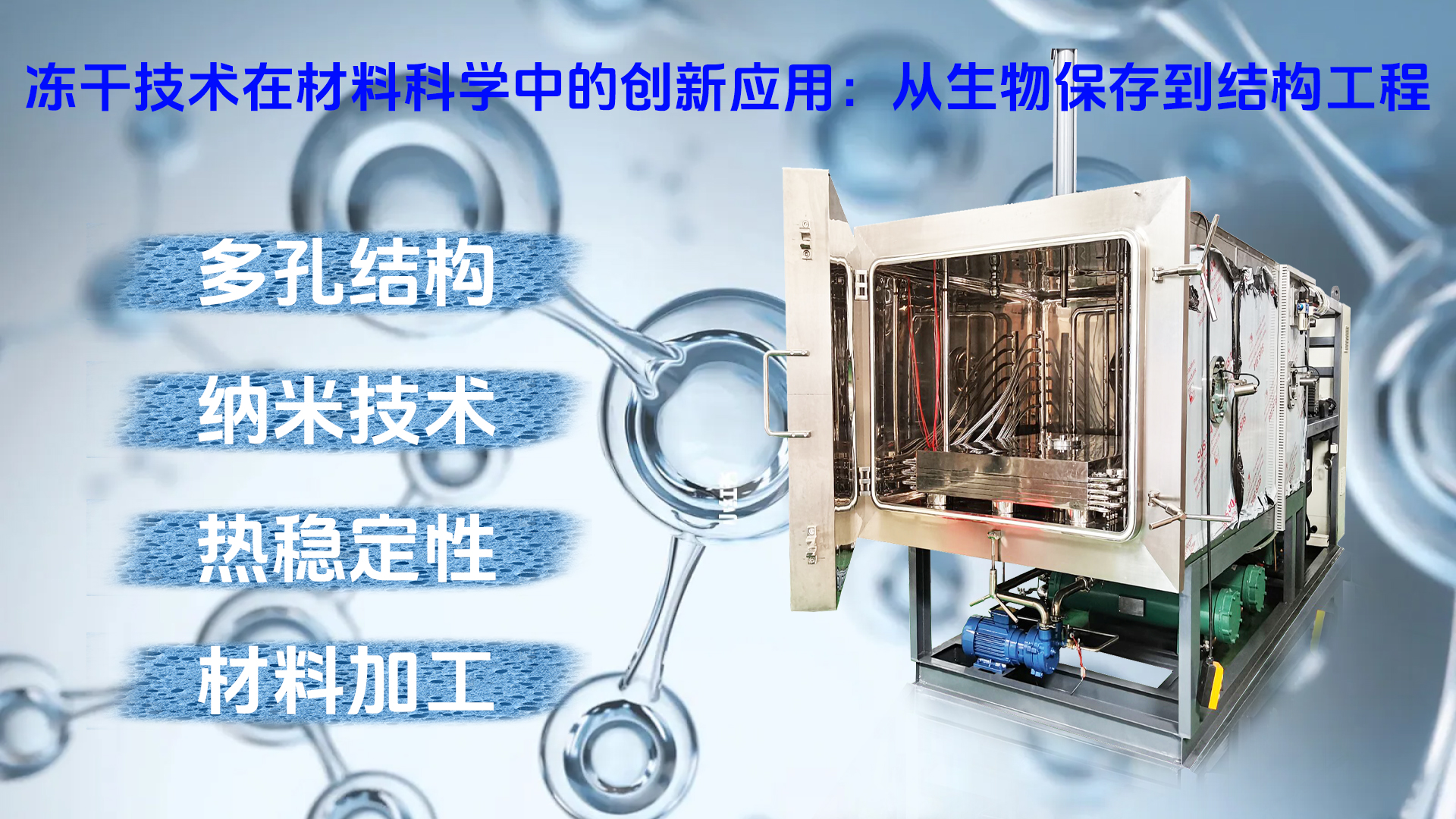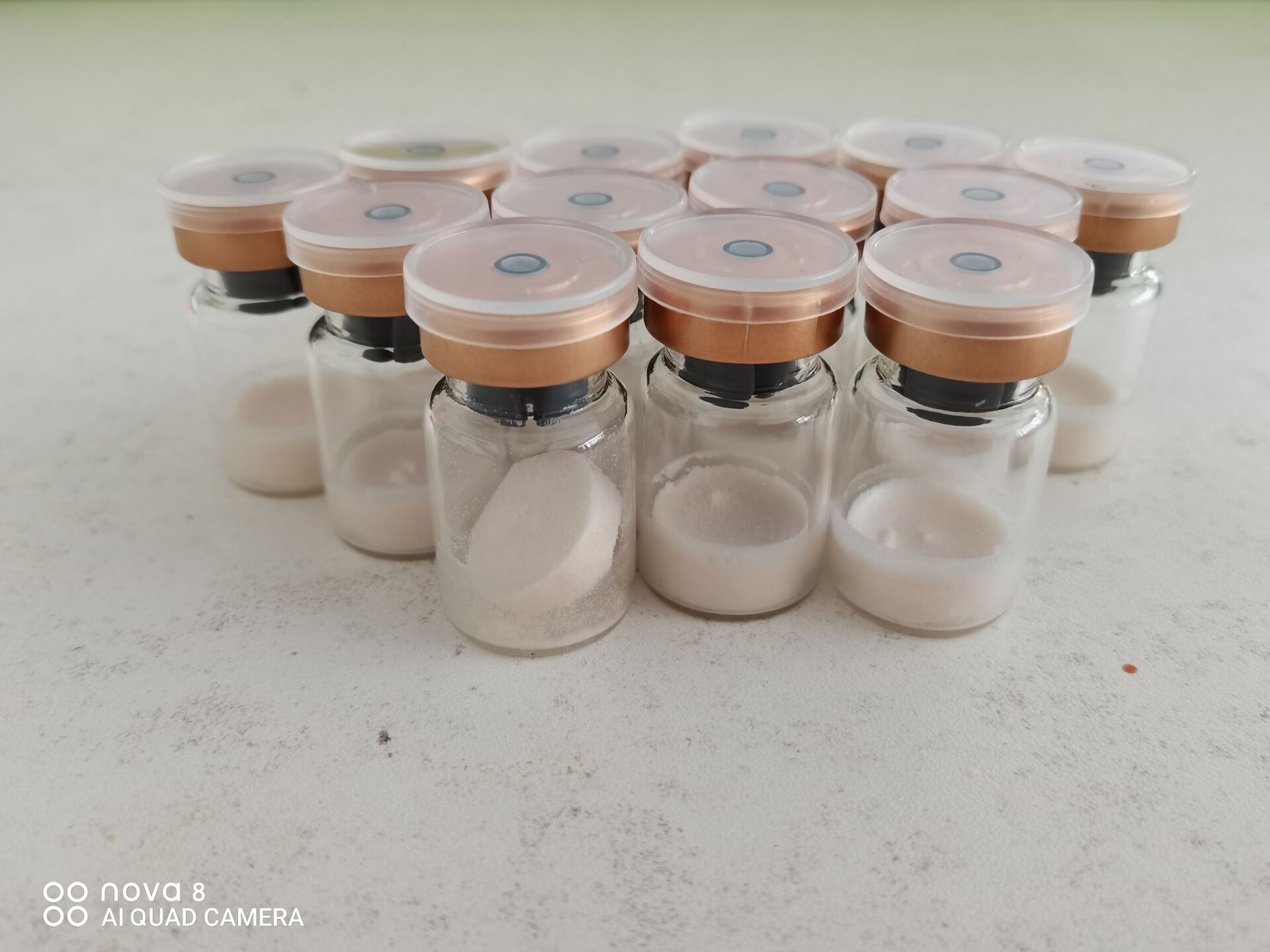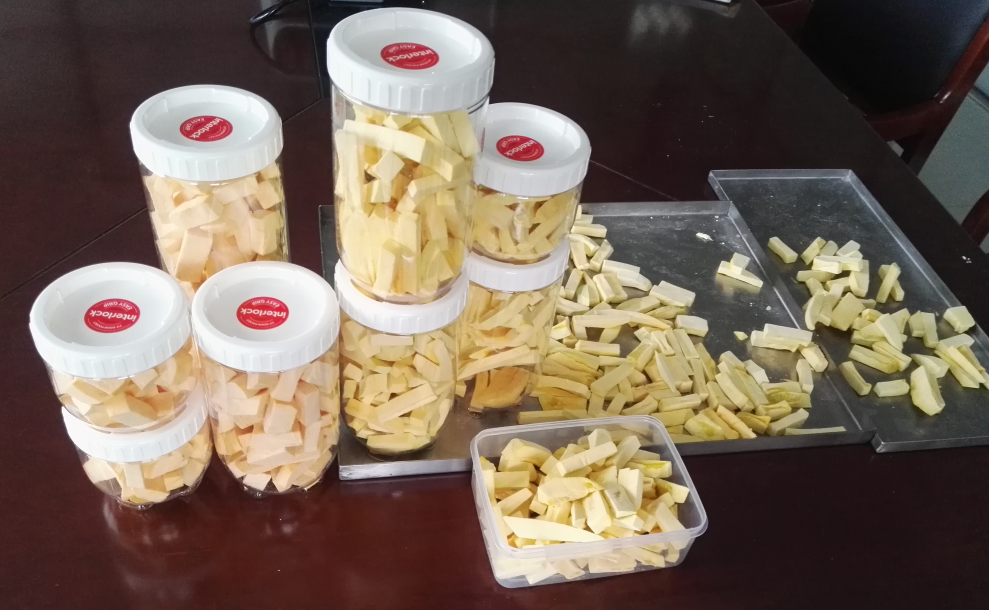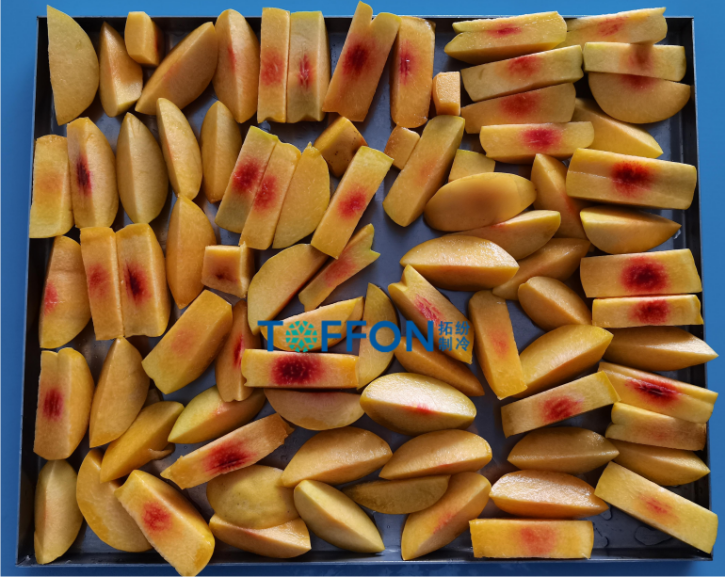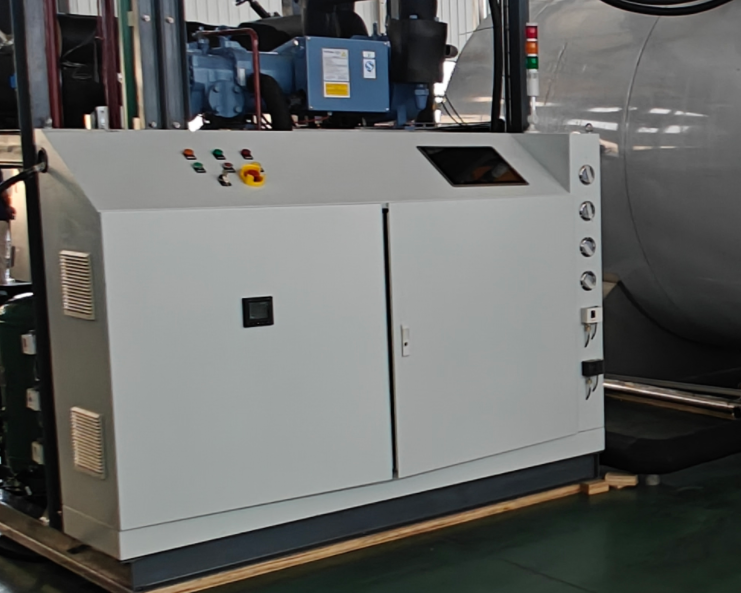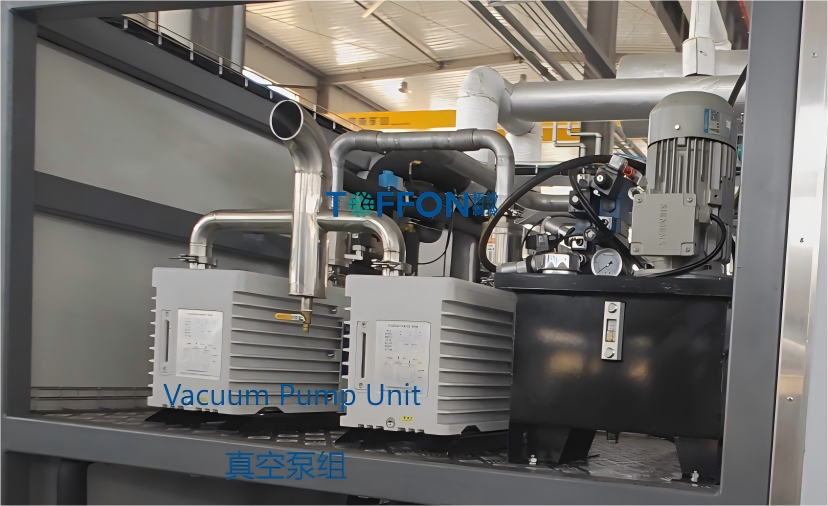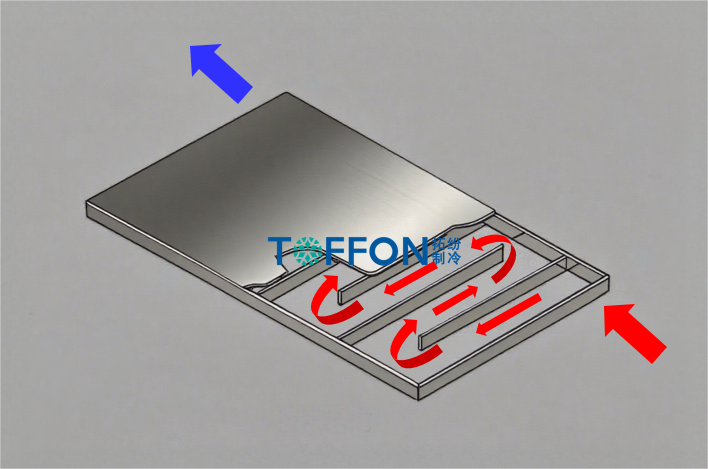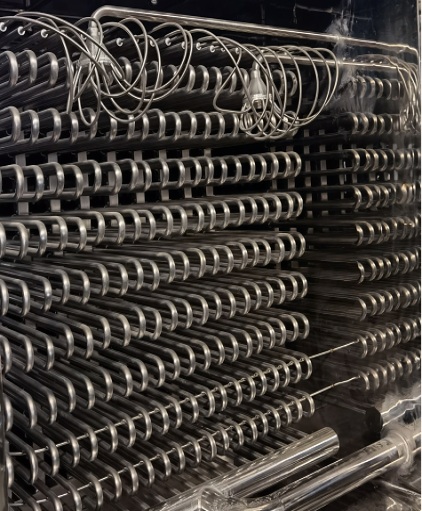In modern chemical research and industrial production, sample handling and preservation are crucial. Especially for thermosensitive substances and complex compounds, traditional drying methods often lead to sample degradation or failure. To address this issue, freeze-drying machines, as an efficient drying device, have gradually gained widespread attention.
Freeze drying technology, also known as freeze-drying vacuum drying, is a drying method that involves first freezing a sample and then removing moisture in a vacuum environment. This process is divided into several key steps: firstly, the sample is rapidly frozen, allowing water to exist in the form of ice crystals; Next, under low temperature and low pressure conditions, ice crystals directly sublime into water vapor, thereby achieving drying. Compared with traditional hot air drying, this process greatly reduces the thermal damage of the sample and maintains its original chemical properties and biological activity.
The energy-saving characteristics of freeze-drying machines are also an important reason for their popularity. Traditional drying methods often require high temperature heating and consume a large amount of energy. The freeze-drying process mainly relies on reducing temperature and pressure, and its energy consumption is relatively low. In addition, due to the good stability and long shelf life of freeze-dried samples, the losses caused by sample deterioration are reduced, making them more economically advantageous.
In the processing of chemical samples, freeze-drying machines have a wide range of applications. For example, in the pharmaceutical industry, freeze-drying technology is commonly used for drug preparation, especially for the drying process of biologics and vaccines. Through freeze-drying, drugs can maintain high activity and quickly dissolve during subsequent use. In addition, in the food industry, freeze-drying technology is also used in the processing of products such as fruits and vegetables to preserve their nutritional content and flavor.
In addition to the fields of chemistry and food, the application of freeze-drying machines has also expanded to multiple areas such as scientific research and environmental monitoring. In environmental science, freeze-drying technology can be used to extract and preserve microorganisms in water samples, providing sample assurance for subsequent analysis.
In short, as an energy-saving drying expert in chemical sample processing, freeze-drying machines not only improve the quality of sample preservation, but also play an important role in energy conservation and emission reduction. With the development of technology and the increasing awareness of environmental protection among people, freeze-drying technology will be promoted in more fields, contributing to the future of sustainable development.
 CN
CN English
English

